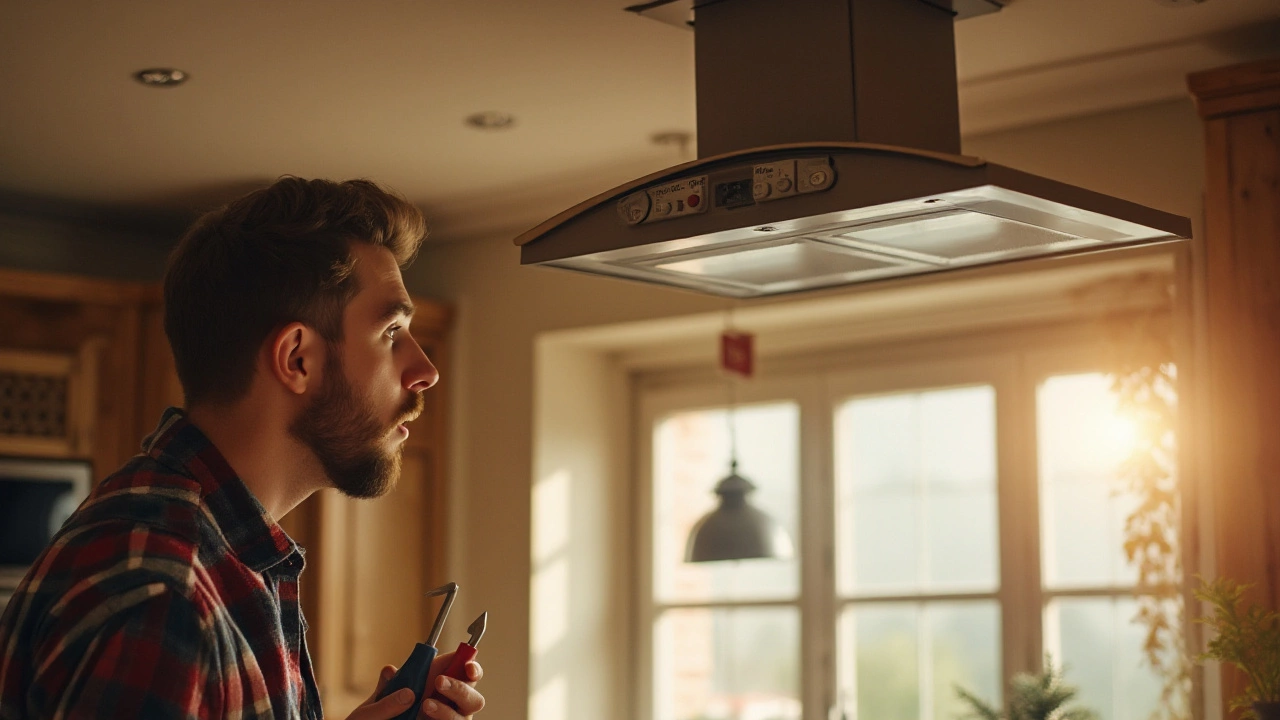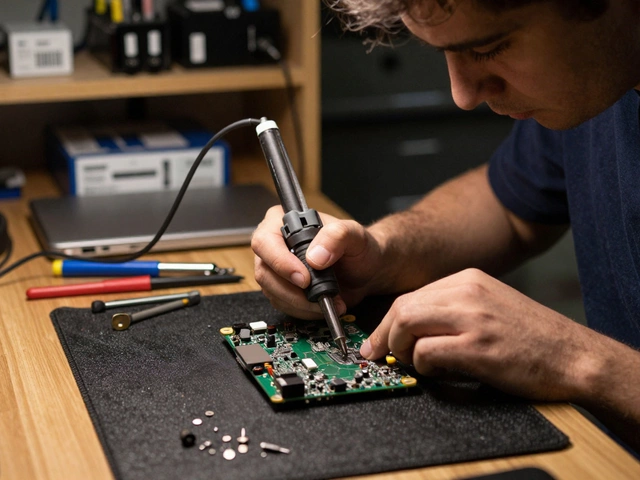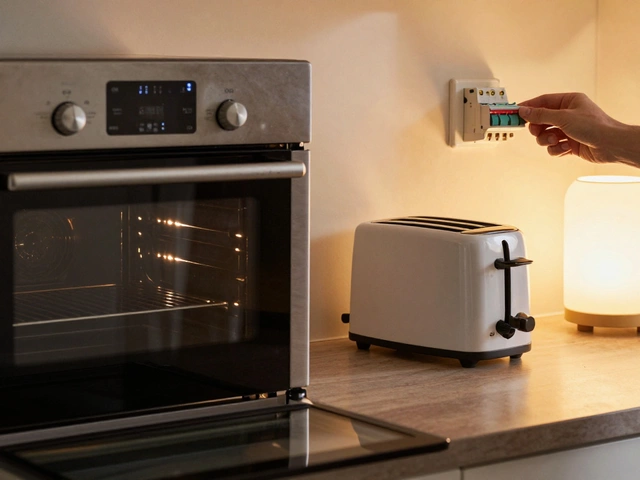Exhaust Fan Guide: How to Fix, Replace & Keep It Running
If your kitchen or bathroom fan has gone quiet, you’re not alone. Most homeowners notice a drop in airflow before the fan quits completely. The good news? A lot of the common problems are simple fixes you can do yourself with a few tools.
Why Your Exhaust Fan Might Be Stalling
Dust and grease build up on the motor and blades, causing the fan to wobble or stall. Loose wiring or a burnt‑out motor are also frequent culprits. Before you order a new unit, unplug the fan and give it a quick visual check. Look for cracked wires, burnt smells, or a fan that spins freely when you turn the blade by hand.
Step‑by‑Step DIY Repair
1. Turn off power. Flip the circuit breaker or pull the fuse – never work on a live fan.
2. Remove the cover. Most exhaust fans have a screw‑on grill. Use a screwdriver to pop it off and set it aside.
3. Clean the blades. A soft brush or an old toothbrush works great for scrubbing away grease. Follow with a damp cloth and let everything dry.
4. Check the motor. Spin the motor shaft by hand. If it feels gritty or won’t turn, the bearings might need lubrication or the motor could be dead.
5. Test the wiring. Look for any frayed insulation. If you see exposed copper, cut the damaged section and splice with a connector.
After you reassemble, restore power and test the fan. If it still hums but doesn’t move air, the motor is likely beyond repair and you’ll need a replacement.
Replacing a fan isn’t rocket science. Measure the existing unit’s dimensions, note whether it’s inline or ceiling‑mounted, and buy a model with the same airflow rating (CFM). Most new fans come with a mounting bracket and wiring diagram – follow those steps and you’ll have fresh airflow in under an hour.
When you’re not comfortable with electrical work, call a local pro. A licensed technician can safely swap the motor, ensure the fan meets building codes, and give you a quick warranty.
Regular maintenance keeps the fan humming for years. Wipe the grill every few months, run the fan for a minute after showers, and inspect the motor yearly. A little attention now saves you a pricey replacement later.
Bottom line: most exhaust fan problems are dust, loose wires, or a burnt motor. Clean, tighten, and test before you buy a new one. If you hit a dead motor, swapping it out is straightforward and affordable. Keep your home smelling fresh without the hassle.
Can an Exhaust Fan Be Repaired? Expert Tips and Guide
- Alden Wilder
- Oct 10 2024
- 0 Comments
Exhaust fans, critical for ventilation, can face various issues that affect their performance. Instead of replacing them, many problems can be resolved through simple repairs. Identifying common issues such as unusual noises or reduced airflow can help in deciding whether to repair or replace. This article provides detailed troubleshooting steps, tips for regular maintenance, and guidance on when professional help might be needed.
View More




